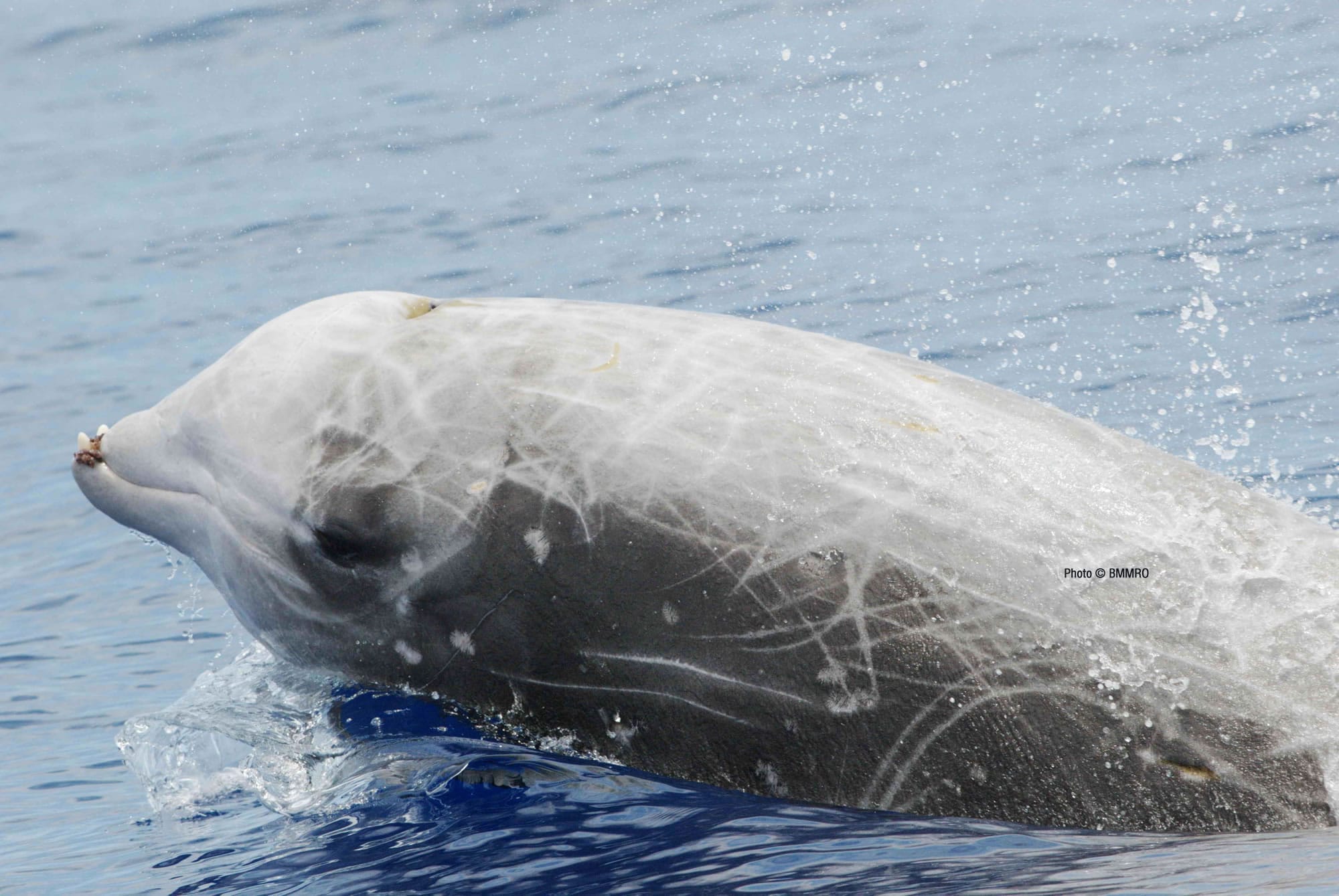Spade-Toothed Beaked Whales: Spade Toothed Beaked Whales

Taxonomy and Classification
Spade toothed beaked whales – Spade-toothed beaked whales belong to the order Cetacea, the family Ziphiidae, and the genus Mesoplodon. The species name is Mesoplodon traversii.
Yo, check this out: spade-toothed beaked whales are mysterious creatures, right? They dive deep, like a former CIA analyst in South Korea going undercover. But unlike spies, these whales don’t need disguises—they’ve got beaks like spades and teeth that look like little shovels.
Spade-toothed beaked whales are distinguished from other beaked whale species by their unique morphological characteristics. They have a spade-shaped lower jaw, which gives them their name. They also have a long, slender beak, and their dorsal fin is located far back on their body.
Spade toothed beaked whales, with their long, slender beaks, are fascinating creatures. They’re often compared to submarines, gliding through the depths with ease. Speaking of players with great skills, have you heard of Alexis Mac Allister ? This midfielder has a knack for finding the net and setting up his teammates.
Just like the spade toothed beaked whales’ ability to navigate the deep, Mac Allister has a knack for navigating the midfield with precision.
Physical Appearance and Anatomy
Spade-toothed beaked whales, like other beaked whales, are medium-sized, with a torpedo-shaped body and a small, rounded head. They have a long, slender beak that is used for echolocation. The spade-toothed beaked whale has a unique set of spade-shaped teeth in its lower jaw, which is used to stun prey.
Spade-toothed beaked whales are dark gray or black in color, with a lighter gray underside. They have a long, narrow dorsal fin located about two-thirds of the way back on their body. They also have a small, triangular pectoral fin on each side of their body.
Skull Structure
The skull of the spade-toothed beaked whale is long and narrow, with a prominent rostrum. The rostrum is the front part of the skull that houses the teeth. The spade-toothed beaked whale has a pair of spade-shaped teeth in its lower jaw, which are used to stun prey. The teeth are about 10 centimeters long and have a sharp, pointed tip.
Behavior and Ecology

Spade-toothed beaked whales are highly social animals that live in groups of up to 20 individuals. They have a complex social structure with distinct roles and behaviors for each member of the group. The dominant male leads the group and protects it from predators, while the females and young stay together for safety and support.
These whales are deep-sea divers, spending most of their time in the dark depths of the ocean. They are adapted for deep-sea diving with a streamlined body, collapsible rib cage, and a thick layer of blubber for insulation. They also have a unique ability to hold their breath for up to 90 minutes, allowing them to stay underwater for extended periods.
Spade-toothed beaked whales are opportunistic feeders, preying on a variety of fish, squid, and crustaceans. They use echolocation to find their prey, emitting high-pitched clicks that bounce off objects and return to the whale’s ears. This allows them to create a mental map of their surroundings and locate prey even in the darkest depths of the ocean.
Reproductive Patterns
Spade-toothed beaked whales have a long reproductive cycle, with females giving birth to a single calf every 3-5 years. The gestation period is estimated to be around 12 months, and the calves are born fully developed and able to swim. The calves stay with their mothers for several years, learning how to survive and hunt in the deep sea.
Vocalizations, Spade toothed beaked whales
Spade-toothed beaked whales communicate with each other using a variety of vocalizations, including clicks, whistles, and pulsed calls. These vocalizations are used for communication, navigation, and social bonding. The whales can produce a wide range of sounds, from high-pitched whistles to low-frequency pulses.